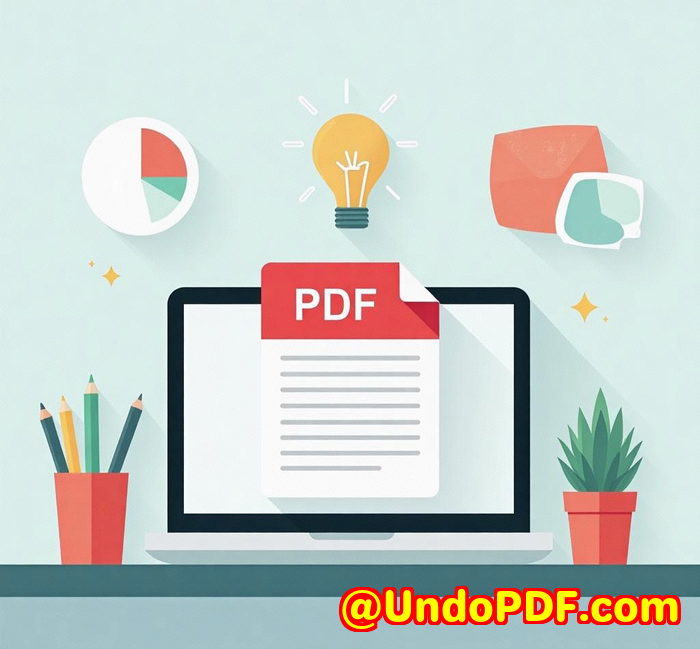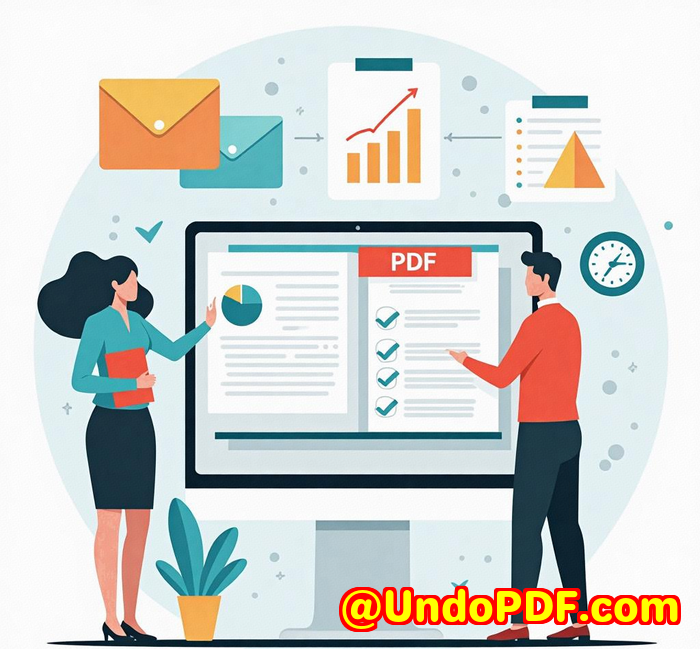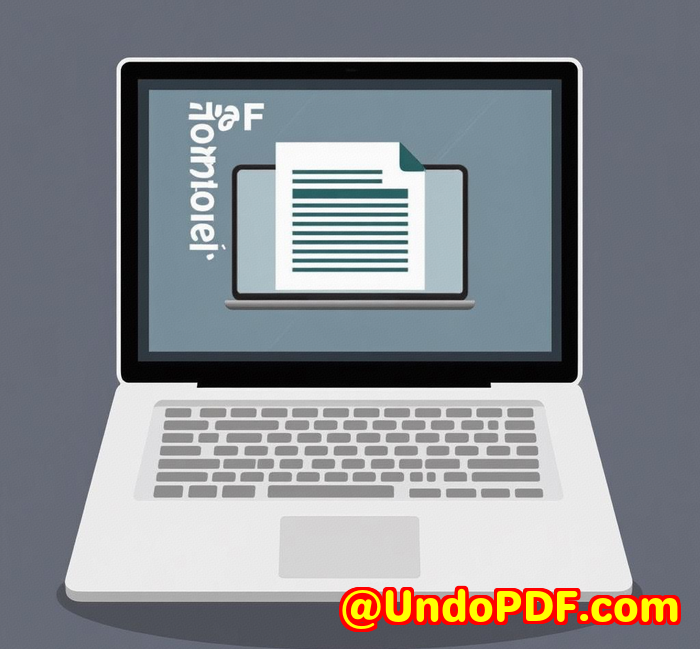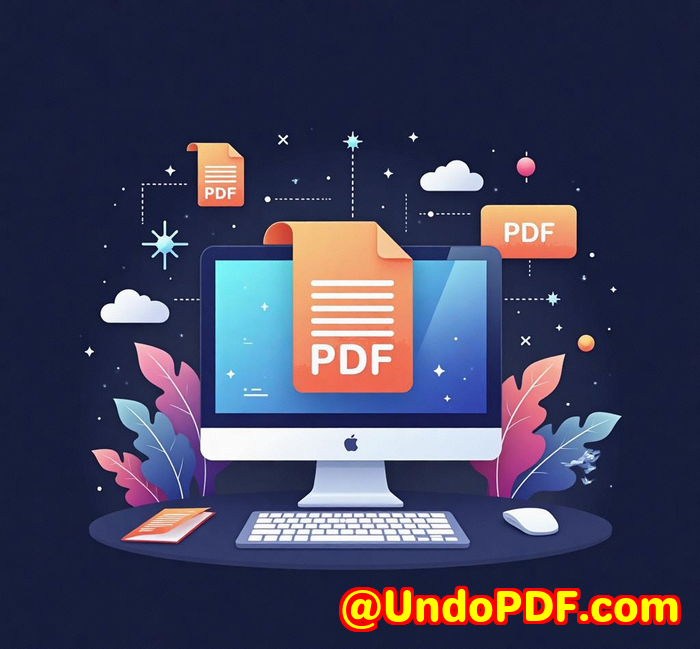Build a Custom Document Management System with REST PDF APIs for Extraction, Compression, and Redaction
Build a Custom Document Management System with REST PDF APIs for Extraction, Compression, and Redaction
Every time I started a new project involving tons of PDFsscanned contracts, invoices, or technical documentsI’d hit the same wall. Extracting the exact info I needed, compressing bulky files without losing quality, and redacting sensitive details felt like wrestling with a giant beast. If you’ve ever been stuck manually handling PDFs or tried patching together random tools that barely talk to each other, you know the pain.

That’s why when I found imPDF Cloud PDF REST API for Developers, everything changed. This isn’t just another PDF toolit’s a powerhouse API service designed for developers who want to build custom document management systems that handle PDFs seamlessly. Whether you’re a software engineer building internal workflows or a business owner wanting to automate document processing, this API packs everything you need.
Let me walk you through how I used it and why it might be just what you need.
Why imPDF Cloud PDF REST API Stands Out
From the get-go, what grabbed me was how comprehensive and developer-friendly it is. It’s a cloud-based REST API, so it plays nicely with almost any programming language or low-code platform. No more wrestling with clunky SDKs or platform restrictions.
One feature that blew me away was API Laban interactive playground where you can test all the API calls live, tweak settings, and even generate ready-to-use code snippets. This saved me hours during the early integration phase, no guessing or trial-and-error.
Key Features I Used Daily
-
PDF Extraction
Extracting text, images, and data from PDFs can be a nightmare, especially when you deal with scanned documents or complex layouts. With imPDF’s PDF Extract API and OCR PDF API, I could automatically pull out exactly what I neededwhether it was tables, embedded images, or plain textwithout messing up the formatting.
For example, when processing invoices, I extracted line items and totals directly into my system, saving days of manual data entry.
-
Compression and Optimization
PDFs can get huge, slowing down workflows and costing storage space. The Compress PDF API reduced file sizes by up to 70% on average without sacrificing quality. This was a game-changer when we had to send files over email or upload them to cloud storage.
Also, the Linearize PDF API made PDFs load instantly online, improving user experience when previewing documents in web apps.
-
Redaction and Security
Protecting sensitive info is non-negotiable. The Redact PDF API allowed me to securely remove confidential sections from contracts before sharing them externally. This isn’t just a simple overlay the data is actually removed from the file, ensuring compliance with privacy laws.
Plus, I layered in encryption and watermarking to lock down files further, thanks to the Encrypt PDF API and Watermark PDF API.
Real-World Use Cases
This API isn’t just for one-off tasks. It’s perfect for:
-
Legal teams automating contract review and redaction workflows.
-
Accounting departments extracting tables and figures from PDFs to Excel for faster audits.
-
Content management systems needing on-the-fly PDF conversion, compression, and secure distribution.
-
Healthcare providers protecting patient info by redacting sensitive data before sharing records.
-
Developers building SaaS platforms requiring scalable, reliable PDF processing without heavy infrastructure.
What I Loved Compared to Other Tools
Before imPDF, I tried stitching together open-source libraries and cloud services that barely integrated or required manual steps. Here’s what made the difference:
-
One API, many tools: Instead of juggling several services, I used one API endpoint for everything from conversion to compression to security.
-
Speed and reliability: The cloud service handled large volumes without slowdowns or failurescritical for production use.
-
Customisable calls: I could adjust parameters on the fly, like specifying compression levels or defining exact areas to redact, which felt incredibly flexible.
-
Cross-platform support: Whether coding in Python, Node.js, or integrating with a low-code platform, the REST interface meant no headaches with language compatibility.
Building My Custom Document Management System
I built a streamlined backend system that takes uploaded PDFs and automatically:
-
Extracts text and images for indexing and searching.
-
Compresses the files to reduce storage and improve load times.
-
Applies redactions to sensitive data fields before sharing externally.
-
Converts files to editable Word and Excel formats as needed.
-
Secures documents with encryption and watermarking for tracking.
Because the API supports asynchronous polling, I didn’t have to worry about timeouts during large batch jobs. The system feels smooth and efficient, and I’m confident it can scale with growing demands.
Final Thoughts: Why This API Deserves Your Attention
If you’re handling PDFs at scaleespecially with complex workflows like extraction, compression, or redactionimPDF Cloud PDF REST API can save you a ton of headaches and time.
I’d highly recommend this to developers and business owners who want an all-in-one, reliable, and flexible PDF solution. It’s like having a Swiss Army knife for document processingready to fit into whatever system or workflow you’re building.
Give it a go yourself and see how much simpler PDF management can be.
Start your free trial now and boost your productivity: https://impdf.com/
Custom Development Services by imPDF
imPDF isn’t just about off-the-shelf APIs. If your project needs custom PDF processing solutions tailored to your environmentbe it Linux, Windows, macOS, or mobile platformsimPDF’s team offers expert development services. Their expertise covers Python, PHP, C++, JavaScript, .NET, and more.
They build Windows Virtual Printer Drivers, tools to capture and monitor print jobs, and even develop systems to intercept Windows APIs for advanced document workflows. Plus, imPDF handles complex document formats like PDF, PCL, Postscript, and Office files, with special focus on barcode recognition, OCR, layout analysis, and digital signatures.
Whatever your PDF challenge, imPDF can craft a solution that fits your unique needs.
Reach out to them via the support centre at http://support.verypdf.com/ to discuss your project.
FAQs
Q: Can I use imPDF Cloud PDF REST API with any programming language?
A: Yes, it’s a REST API designed to be language-agnostic. Whether you code in Python, JavaScript, PHP, or use low-code platforms, you can easily integrate it.
Q: How does the OCR functionality work with scanned PDFs?
A: The OCR PDF API converts images inside PDFs into searchable, extractable text, making scanned documents fully usable in your workflows.
Q: Is the PDF redaction permanent?
A: Yes, redactions remove the actual data from the PDF file, not just cover it visually, ensuring confidential info can’t be recovered.
Q: Can I compress PDFs without losing quality?
A: Absolutely. The Compress PDF API optimises files to reduce size while maintaining high visual fidelity, perfect for archiving and sharing.
Q: What kind of support is available during integration?
A: imPDF provides code samples, an interactive API Lab for testing, and dedicated support to help you at every stage of your project.
Tags/Keywords
Custom document management system, REST PDF API, PDF extraction API, PDF compression API, PDF redaction, automated PDF processing, developer PDF tools, cloud PDF API, secure PDF workflows, PDF automation for legal teams



